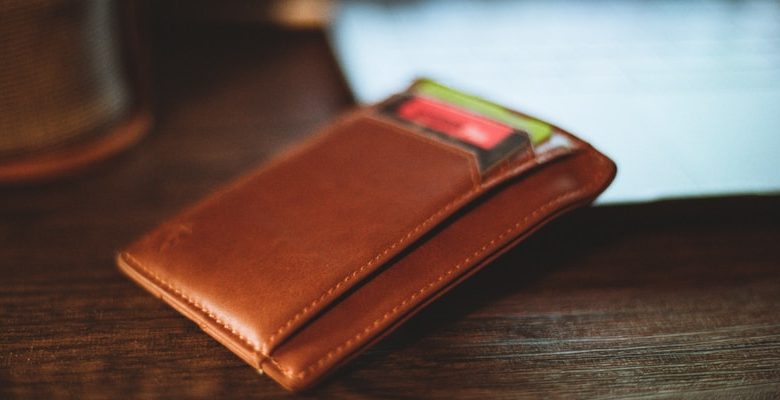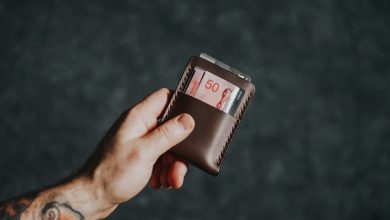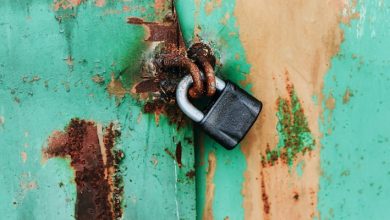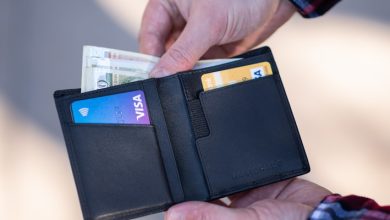The Importance of Wallet Security: Best Practices

- Understanding the risks of insecure wallets
- Tips for creating a strong password for your wallet
- Two-factor authentication: Why it’s necessary for wallet security
- Protecting your private keys: A crucial step in securing your wallet
- The dangers of using public Wi-Fi for cryptocurrency transactions
- Backing up your wallet: Ensuring access to your funds in case of loss or theft
Understanding the risks of insecure wallets
Understanding the risks of insecure wallets is crucial in today’s digital age. When using a wallet that is not secure, you are putting your funds at risk of being stolen by hackers. Insecure wallets can leave you vulnerable to phishing attacks, malware, and other cyber threats that can compromise your financial security. It is essential to be aware of the potential risks associated with using an insecure wallet and take steps to protect yourself from these threats.
One of the main risks of insecure wallets is the possibility of having your funds stolen. Hackers can gain access to your wallet through various means, such as phishing emails or malware that infects your device. Once they have access to your wallet, they can transfer your funds to their own accounts, leaving you with little to no recourse to recover your money. This can result in significant financial losses and can have a lasting impact on your financial well-being.
Another risk of insecure wallets is the potential for unauthorized access to your personal information. When using an insecure wallet, you may inadvertently expose sensitive information, such as your private keys or passwords, to hackers. This information can then be used to access other accounts or steal your identity, leading to further financial harm. It is essential to protect your personal information by using a secure wallet and following best practices for wallet security.
By understanding the risks of insecure wallets and taking steps to protect yourself, you can safeguard your funds and personal information from cyber threats. It is important to use a secure wallet that employs encryption and other security measures to keep your funds safe. Additionally, you should never share your private keys or passwords with anyone and be cautious of phishing emails or suspicious links. By following these best practices, you can minimize the risk of falling victim to cyber attacks and ensure the security of your digital assets.
Tips for creating a strong password for your wallet
Creating a strong password for your wallet is crucial to protect your funds and personal information from cyber threats. Here are some tips to help you create a secure password:
1. **Avoid using easily guessable information:** Stay away from using common passwords such as “123456” or “password”. Instead, opt for a combination of letters, numbers, and special characters.
2. **Make it lengthy:** Longer passwords are generally more secure. Aim for a password that is at least 12 characters long to add an extra layer of protection.
3. **Use a passphrase:** Consider using a passphrase instead of a single word. A passphrase is a series of words strung together to create a password. This can make it harder for hackers to crack.
4. **Include a mix of characters:** Incorporate a variety of characters into your password, including uppercase letters, lowercase letters, numbers, and special symbols. This complexity can make it more difficult to guess.
5. **Change your password regularly:** Make it a habit to change your wallet password regularly. This can help prevent unauthorized access and keep your funds safe.
By following these tips, you can create a strong and secure password for your wallet, reducing the risk of falling victim to cyberattacks. Remember, investing in your wallet’s security is investing in the safety of your assets.
Two-factor authentication: Why it’s necessary for wallet security
Two-factor authentication is an essential security feature for protecting your wallet from unauthorized access. This method adds an extra layer of protection by requiring users to provide two different forms of identification before gaining access to their wallet. By combining something the user knows, like a password, with something they have, like a verification code sent to their phone, two-factor authentication significantly reduces the risk of unauthorized access.
Protecting your private keys: A crucial step in securing your wallet
When it comes to securing your wallet, one of the most crucial steps you can take is protecting your private keys. Your private keys are essentially the keys to your kingdom, as they are what allow you to access and control your cryptocurrency. If someone were to get their hands on your private keys, they could potentially steal all of your funds. Therefore, it is imperative that you take every precaution to keep your private keys safe and secure.
One of the best ways to protect your private keys is to store them offline in a secure location. This could be in a safe deposit box, a safe at home, or even written down on a piece of paper and kept in a secure location. By keeping your private keys offline, you are reducing the risk of them being hacked or stolen by cybercriminals.
Another important step in protecting your private keys is to never share them with anyone else. Your private keys should be kept confidential and only known to you. If you share your private keys with someone else, you are essentially giving them access to your cryptocurrency wallet, which could lead to disastrous consequences.
In addition to keeping your private keys offline and confidential, it is also a good idea to regularly back them up. By creating backups of your private keys, you can ensure that you will still be able to access your funds even if something were to happen to your original keys. Just be sure to store your backups in a secure location as well.
Overall, protecting your private keys is an essential part of securing your wallet and keeping your cryptocurrency safe. By following these best practices, you can help reduce the risk of your funds being stolen and ensure that you have access to your funds when you need them.
The dangers of using public Wi-Fi for cryptocurrency transactions
When it comes to cryptocurrency transactions, it is crucial to prioritize security at all times. One of the risks that users face is the danger of using public Wi-Fi networks. While convenient, public Wi-Fi networks are often unsecured, making it easier for hackers to intercept data and potentially steal sensitive information such as wallet credentials.
When you connect to a public Wi-Fi network to make a cryptocurrency transaction, you are essentially exposing yourself to potential security breaches. Hackers can set up fake networks or use various techniques to intercept data transmitted over the network. This puts your wallet security at risk and could result in the loss of your digital assets.
To mitigate the risks associated with using public Wi-Fi for cryptocurrency transactions, it is recommended to avoid conducting any sensitive transactions while connected to such networks. Instead, opt for a secure and private connection, such as a virtual private network (VPN) or your mobile data network, to ensure that your transactions are protected from potential threats.
Backing up your wallet: Ensuring access to your funds in case of loss or theft
Backing up your wallet is a crucial step in ensuring access to your funds in case of loss or theft. By creating a backup, you can prevent the risk of losing all your funds if something were to happen to your wallet.
There are several ways you can back up your wallet. One of the most common methods is to write down your seed phrase on a piece of paper and store it in a safe place. This seed phrase is a series of words that can be used to recover your wallet if needed.
Another option is to use a hardware wallet, which is a physical device that stores your private keys offline. This provides an extra layer of security and makes it more difficult for hackers to gain access to your funds.
It’s important to regularly back up your wallet to ensure that you can always access your funds. By taking the time to create a backup, you can have peace of mind knowing that your funds are safe and secure.



